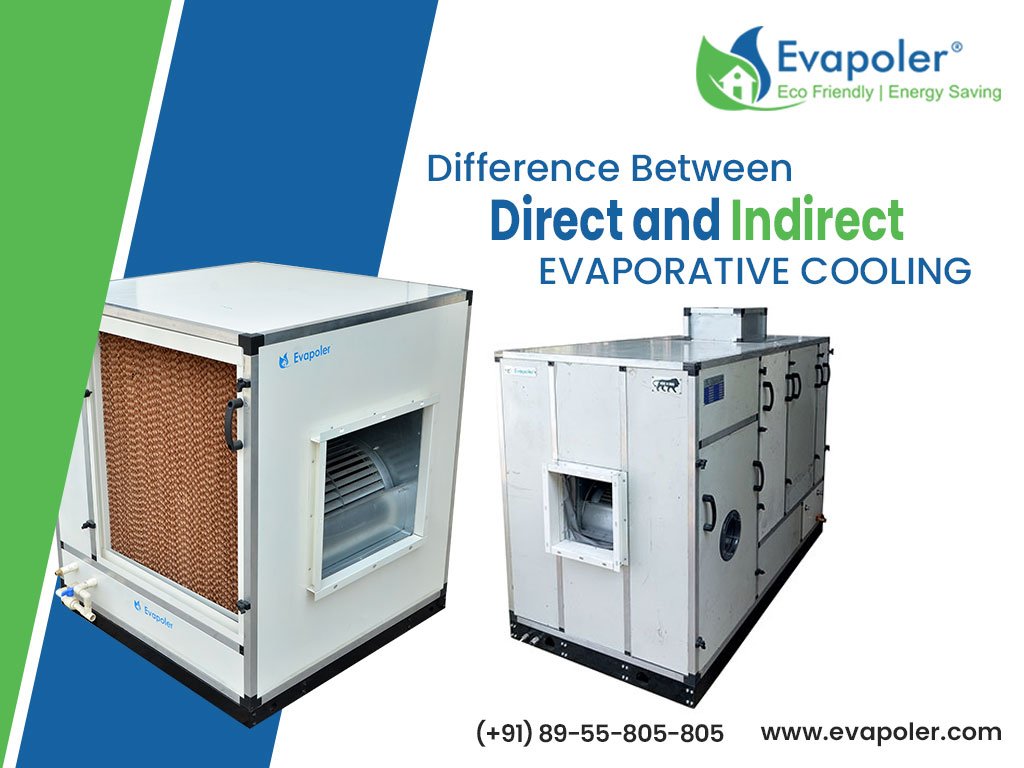
Evaporative cooling is one of the greener cooling techniques for utilizing water as its refrigerant. To evaporate 1kg of water into an atmosphere, 680W of energy is required. For steam humidifiers, this energy normally comes from the electricity or gas being used to boil the water. However, for direct evaporative cooling , this energy is taken from the air in the form of latent heat, which results in a drop in air temperature.So for every 1kg of water evaporated into an atmosphere, 680W of evaporative cooling is achieved,making it most energy efficient compared to other modes of cooling.
It makes the technology environment-friendly and provides lots of benefits to the users. Evaporative cooling works on the principle called evaporation of water. By this principle, water takes heat from the incoming air and then evaporates to cool down the air to produce the cooling effect.
As the entire process consumes low energy, it becomes the cost-effective and energy-efficient method to keep the space cool in dry and hot climates. Generally, a blower or fan is used to draw the warm air from outside and pass it via wet pads to evaporate. Two different techniques are used in evaporative cooling – direct and indirect.
Scroll down your eyes to know the significant Difference between direct and indirect evaporative cooling and its uses in detail!
Direct evaporative cooling system
It defines the system where the incoming outside air is blown across a wet cellulose , the moisture present on the surface evaporates and reduces the air temperature. In this method, all the cooling effect is obtained by the evaporation of water and this cool air is transferred to to the space being cooled. The cooling efficiency of this system increases with increase in ambient temperature and decrease in relative humidity levels.
Indirect evaporative cooling system
In this system, the stream of air first passes through an air to air heat exchanger . It has alternate channels of polymer plates. In one channel water is sprinkled from top and hot water enters in counter flow arrangement form bottom side .the water evaporates and cools the incoming air.This cooling effect is transferred to other side by conduction.The other side of the surface as well as the atmospheric air passing through adjacent channel is cooled without adding moisture content,since it is being cooled without coming in direct contact with water. The attached video will make things clear.
Direct vs. indirect evaporative cooling
You will now get an idea of evaporating cooling and its two significant techniques. The following section will explain the potential differences between direct and indirect evaporating cooling. These techniques are often called two stages. It gives you an in-depth understanding of the working of evaporative cooling and makes the right purchase decision.
- An indirect evaporative cooling system works similarly to a direct cooling system. But, the significant difference lies in the heat exchanger used in indirect cooling to cool the air supplied to the space.
- In the direct cooling system, moisture is added to the air stream supply for achieving cooling, but no moisture is supplied to the air stream in indirect evaporative cooling.
- The efficiency of the direct evaporative cooling system is 90%, whereas the indirect cooling system has 60-70%.
- An indirect cooling system is perfect for areas where the outside temperature is hot and humid . The direct cooling system provides a stronger cooling effect in the areas where air is hot and dry ..
- Indirect evaporating cooling demands two fans instead of one so it consumes slightly more electricity compared to a direct cooling system. But It provides better temperature drop in dual stage .
- Compared to direct evaporative cooling, indirect offers enough cool air to the interior space with desired low humidity levels.
Bottom line
Now, you will understand the major Difference between direct and indirect evaporative cooling systems. In a direct evaporative cooling system, water evaporates into the air stream through the engineered pad to offer the cooling effect.
But, an indirect evaporative cooling system uses evaporating water to cool the airstream passing through the heat exchanger. Therefore, it maintains constant humidity in the treated air. Both have specific benefits and drawbacks. You must consider those elements before making any decision.
Usually, Evapoler’s direct and indirect evaporative air cooling systems are sustainable and energy efficient as it uses nature’s own way of cooling.
Overall, with evaporative cooling technology, you can meet a wide range of your cooling needs within your budget.

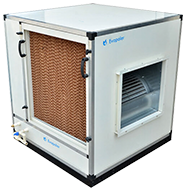

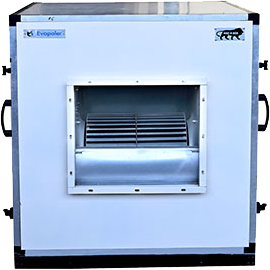
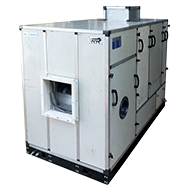
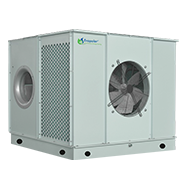
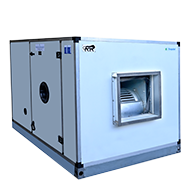
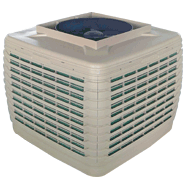


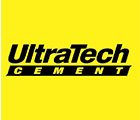

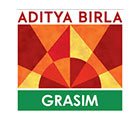

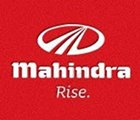


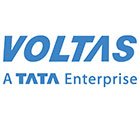
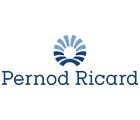









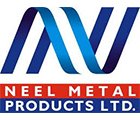

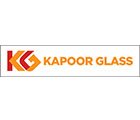


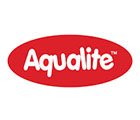
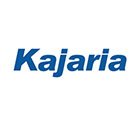




 Download Brochure
Download Brochure  Customer Care
Customer Care